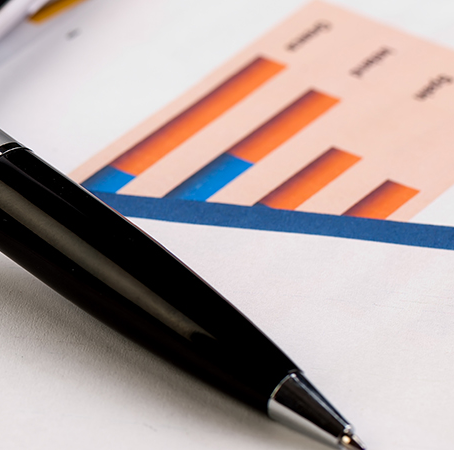Indonesia’s 58-month trade surplus streak continues
According to Statistics Indonesia (BPS), Indonesia’s trade surplus decreased by -9.70% MoM to USD3.12 bn in Feb-25. However, this figure exceeded both our forecast of USD2.73 bn and the consensus estimate of USD2.40 bn, extending Indonesia’s streak of 58 consecutive monthly surpluses since May-20. The February trade surplus was primarily driven by a USD4.84 bn surplus in the non-oil and gas (NOG) sector, which offset a –USD1.72 bn deficit in the oil and gas (OG) sector. The United States remained Indonesia’s largest contributor to the trade surplus at USD1.57 bn, while China accounted for the largest trade deficit at –USD1.75 bn in Feb-25. Looking ahead, geopolitical uncertainties, China’s sluggish economic recovery, moderating commodity prices, and rising protectionist policies from the US and other countries could weigh on exports and limit Indonesia’s trade surplus. Given these risks, we project Indonesia’s current account deficit to widen to –0.8% of GDP in 2025.
Exports to grow on strong ASEAN demand and CPO performance
Indonesia’s total exports rose by 2.58% MoM and 14.05% YoY to USD21.98 bn in Feb-25, exceeding our projected annual growth of 11.50% YoY and the consensus estimate of 7.75% YoY. Breaking down the data, OG exports stood at USD1.14 bn (+8.25% MoM, but -5.98% YoY), while NOG exports reached USD20.84 bn (+2.29% MoM, +15.40% YoY). The monthly export growth was primarily driven by a sharp increase in CPO exports, which surged by 58.35% MoM and 89.54% YoY to USD2.27 bn, despite a decline in coal exports, which fell by 3.79% MoM and 19.73% YoY to USD2.09 bn. Meanwhile, exports to China dropped by 6.02% MoM to USD4.29 bn in Feb-25. This decline was largely due to weaker purchasing power, as reflected in China’s deflation rate of -0.7% YoY in Feb-25, marking the first deflation since Jan-24. On the other hand, exports to ASEAN grew by 10.44% MoM to USD4.52 bn. Looking ahead, the government must anticipate China’s sluggish economic recovery, which is driven by weak domestic consumption and mounting export pressures from higher U.S. tariffs. Additionally, coal prices are expected to moderate due to slower global demand and increased domestic coal production in India and China. To mitigate risks, the government should explore alternative export markets beyond China and reduce reliance on coal exports
Manufacturing expansion fuels higher import growth
Total imports rose by 5.18% MoM and 2.30% YoY to USD18.86 bn in Feb-25, surpassing both our forecast of 1.70% YoY and the consensus estimate of 1.00% YoY. Breaking down the data, OG imports stood at USD2.87 bn (+15.50% MoM, but -3.76% YoY), while NOG imports increased by +3.52% MoM and +3.47% YoY to USD16.00 bn. The rise in OG imports was mainly driven by a -3.72% MoM decline in crude oil (WTI) prices to USD69.8/bbl. Furthermore, imports of intermediate and capital goods rose by 7.43% MoM and 4.13% MoM to USD13.94 bn and USD3.45 bn, respectively, reflecting strong domestic manufacturing activity. In contrast, imports of consumer goods contracted by 10.61% MoM to USD1.47 bn. The increase in intermediate and capital goods imports aligns with Indonesia’s Manufacturing PMI, which rose to 53.6 in Feb-25, marking the third consecutive month of factory expansion and the fastest pace since Mar-24. Meanwhile, China remained Indonesia’s largest import source, accounting for 39.4% of total imports. Imports from China stood at USD6.05 bn (-4.64% MoM but +2.17% YoY). The monthly decline was largely due to China’s Lunar New Year holiday and fewer working days in February. Looking ahead, Indonesia may see a surge in imports from China, driven by over supply resulting from weak domestic consumption in China and higher U.S. tariffs on Chinese goods.
















